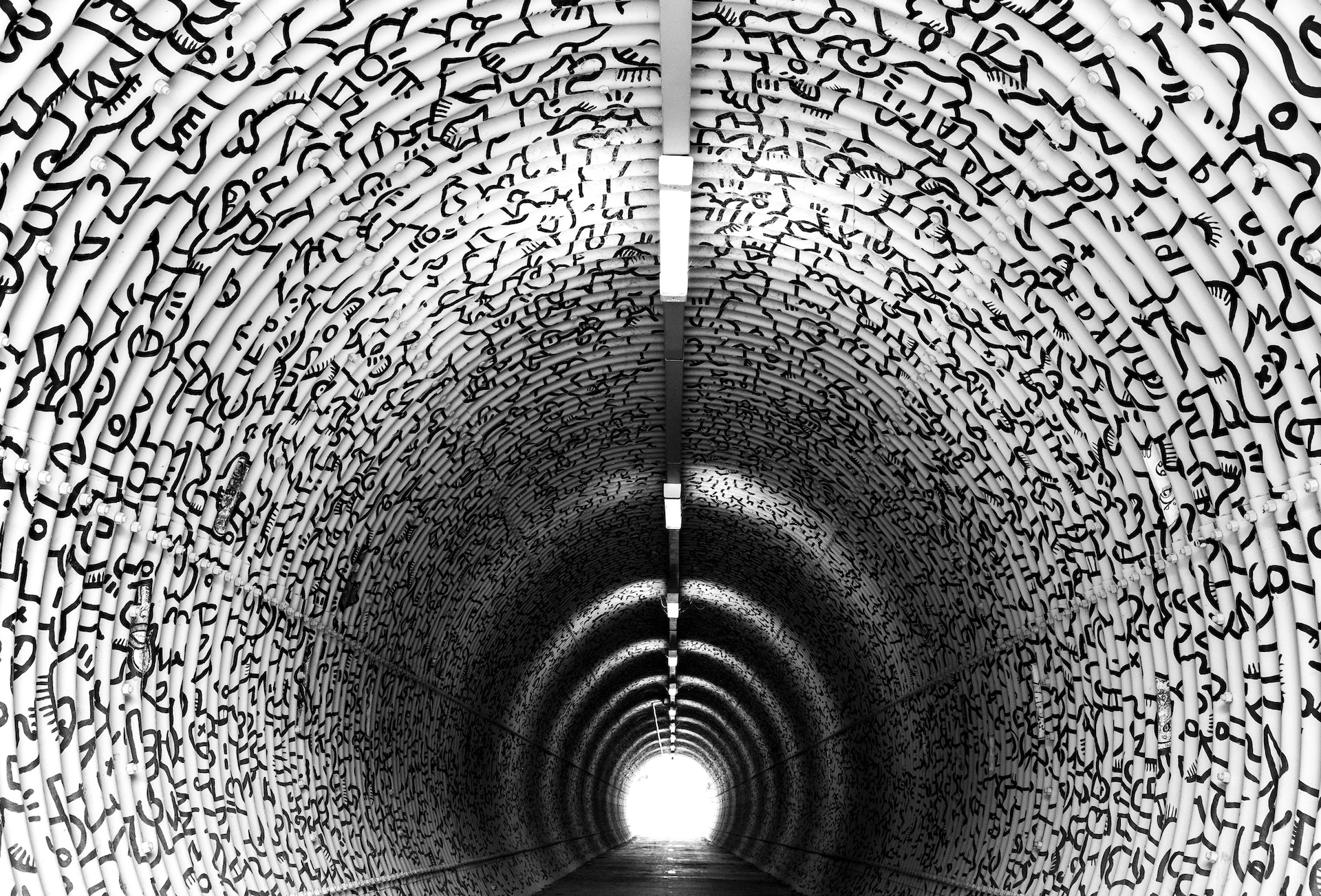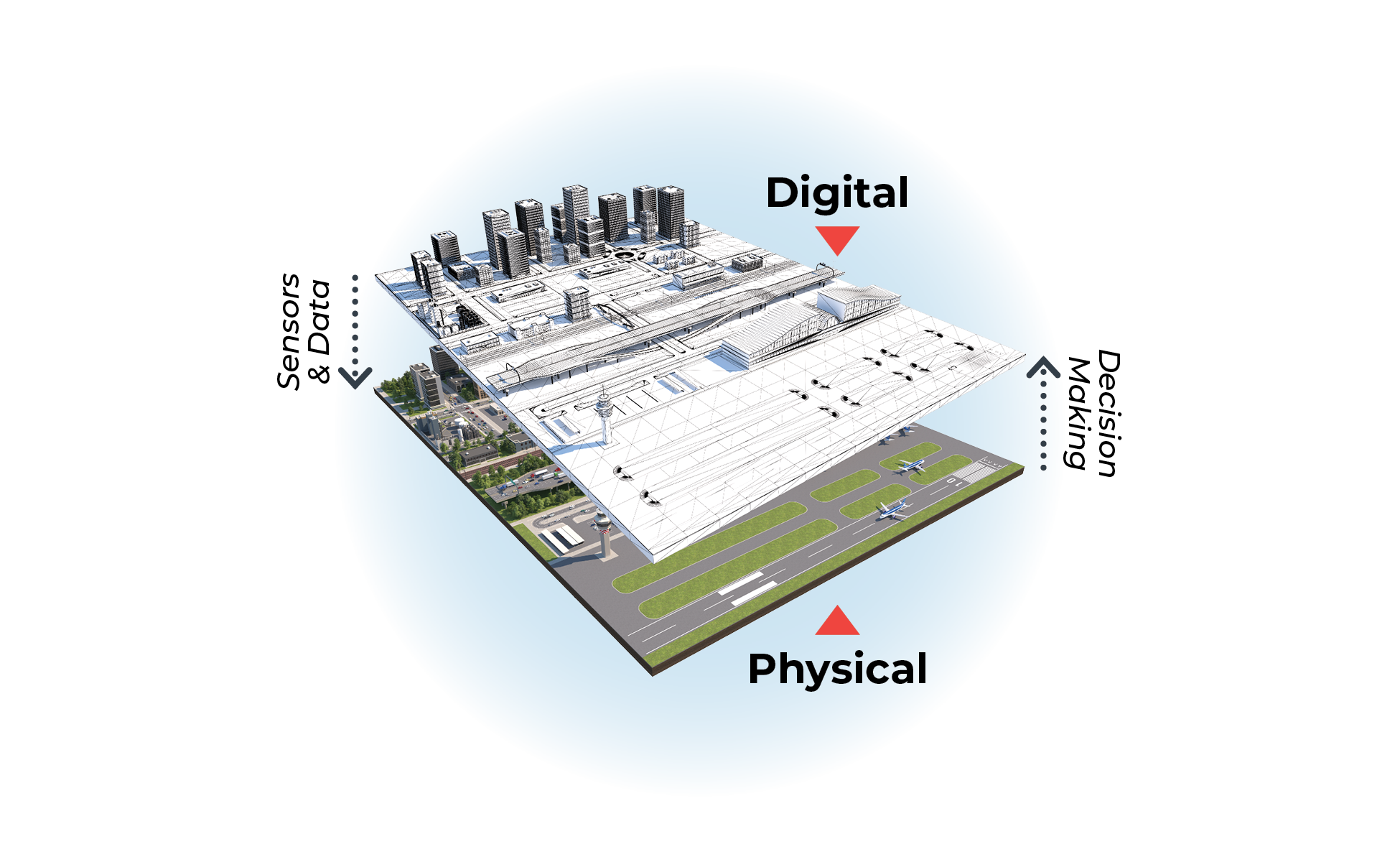
Digital Converge Advance Sustainable Infrastructure
Sustainable infrastructure is being advanced by digital twins. These are digital replicas of physical systems or assets that can simulate how they operate, analyze their behavior, and predict how they will perform in different scenarios. Digital twins enable better decision-making by providing insights into the systems’ performance, maintenance, and potential improvements. By reducing the need for physical testing and maintenance, digital twins can help minimize waste, save energy, and reduce greenhouse gas emissions. They can also assist in the development of more efficient and resilient infrastructure, such as smart buildings, transportation networks, and energy grids. As a result, digital twins are increasingly being used in the design, construction, and operation of sustainable infrastructure.
To achieve decarbonization, resilience, and social equity in projects, it is crucial to adopt a lifecycle perspective from the beginning.
This involves considering the entire life cycle of a project, from its conception to its decommissioning or end-of-life. By doing so, we can identify potential environmental and social impacts at each stage and take measures to mitigate them. Additionally, taking a lifecycle perspective can help us make decisions that optimize a project’s sustainability and maximize its benefits while minimizing its negative impacts. For example, it can help us identify opportunities to use renewable energy sources, reduce waste and emissions, and improve the project’s overall resilience. Overall, adopting a lifecycle perspective is a critical step towards achieving sustainable and equitable development.
Today, we have greater understanding about what digital delivery encompasses and what steps we should be taking now to implement a digital twin solution for bridges, highways, transport, and building projects. This greater understanding has enabled us to apply digital twins to more projects, such as in the IBR [Interstate Bridge Replacement] program.2 The IBR digital twin includes 56 bridges—54 landside bridges3 and two Columbia River Crossing bridges—on about five miles [8.0 kilometres] of Interstate 5 [I-5], the main north-south interstate highway on the West Coast in the United States, stretching from the border with Canada all the way through California to the border with Mexico.
The Interstate Bridge across the Columbia River is a critical connection between Oregon and Washington states on I-5, supporting local jobs and providing a trade route for regional, national and international economies. The Washington and Oregon State Departments of Transportation seek to replace the aging interstate bridges with a modern, seismically resilient multimodal structure, or possibly structures, to provide improved mobility for people, goods and services.
How can a digital twin bridge vast distances to address project requirements?
Digital twins are enhancing collaboration capabilities by providing an integrated and immersive visualization of previously isolated information, even when project team members are geographically distant, such as with the IBR project. Building collaboration is crucial to meeting our clients’ objectives, which include two state DOTs, Washington and Oregon, along with numerous federal, state, regional, and local partners. A digital twin foundation provides project team managers with the awareness needed to communicate the project’s vision from the outset and to effectively scope, mobilize, and deliver digital solutions.
The digital twin integrates reality data obtained from drones, mobile LiDAR, and aerial mapping, enabling us to build a 3D model that incorporates multiple project aspects early on. With digital twins, we can immediately consider sustainability aspects, such as reducing carbon emissions in project design, and anticipate the cost reductions or increases associated with such changes. Sustainability can be incorporated into the design workflow and adjustments made based on the model’s feedback. By incorporating machine learning, we can create a dynamic model that simulates and predicts the performance of infrastructure assets and transportation networks in real life.
The digital twin elements are reviewed and updated throughout the project’s lifecycle, from its inception to the decommissioning of the infrastructure asset, enabling a lifecycle perspective that embraces decarbonization, resilience, and social equity.

Figure 1 – Elements of a digital twin – A digital twin is a virtual replica of an asset that incorporates associated real-time data during operation of that asset. It provides an immersive and integrated visualization of previously siloed information and enables use of modern digital analysis techniques, such as condition-based monitoring and predictive analysis, to plan for the continued functioning of infrastructure.
Could you elaborate on how digital twins are enhancing productivity in work environments?
Digital twins facilitate a seamless and efficient transition from planning to design and construction, as well as maintenance and operations. By aligning information systems such as CAD, GIS, 3D BIM, public outreach data, project controls, design information, traffic and sensor data, and asset data through a common data environment (CDE), we can manage a digital twin that provides a comprehensive view of the physical and functional aspects of a project. This allows for more effective work environments and upfront project development that supports sustainability goals. We can test, validate and modify the performance characteristics of the design to address various sustainability pillars, including carbon reduction.
Moreover, collaboration and digital twins are mutually reinforcing. Digital twins enable cross-disciplinary conversations, allowing us to assess different characteristics at an early stage and make timely modifications throughout the project’s lifecycle. With the help of IoT and artificial intelligence, we can add data to visualizations and make decisions across departments, enabling a systems approach to infrastructure projects. Dynamic models can simulate and predict how infrastructure assets will perform in real-life contexts, allowing us to identify and address potential issues before construction begins.
Ultimately, digital twins can bring long-term benefits to client organizations in infrastructure sectors by providing a systems approach that expands our understanding of the environments in which we operate. We can use digital twins to evaluate how infrastructure elements interact before investing, mitigating risk and building resilience. In addition to supporting decarbonization and building resilience, digital twins can also advance social equity by identifying gaps in transport services and considering the impacts of infrastructure-related decisions on human health and well-being. Overall, digital twins can inform the entire lifecycle of a project, from concept to design, construction, and operation, leading to significant productivity gains in work environments.




